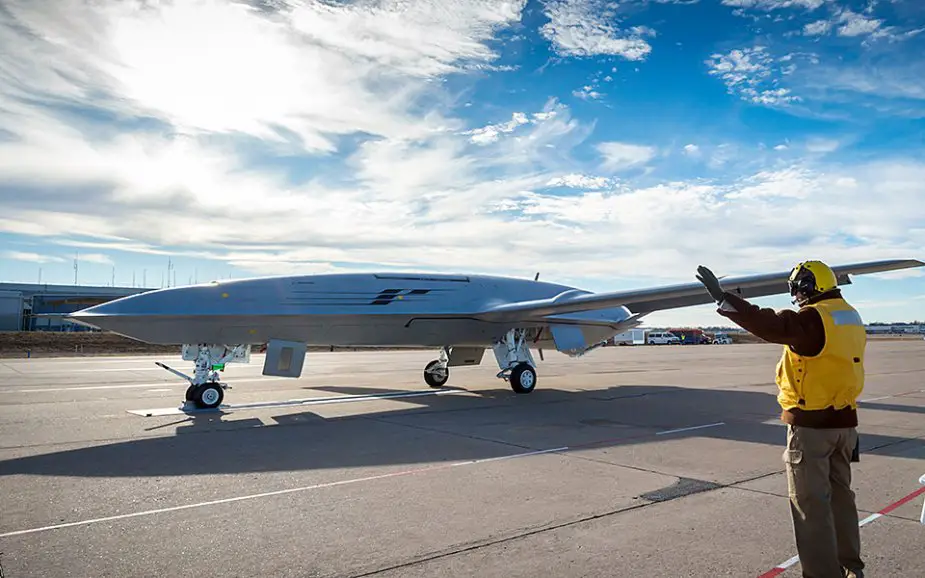Breaking news
US Navy setting MQ-25 program price tag at $US 15 billion.
The U.S. Navy has estimated that the developing and procuring of a fleet of 72 MQ-25 Stingray unmanned aerial refuelling aircraft will cost $US 15.2 billion, nearly $US 2 billion more than the original estimate of $US 13.3 billion.
 MQ-25 Stingray Unmanned Aerial Refuelling Aircraft (Picture source : Boeing)
MQ-25 Stingray Unmanned Aerial Refuelling Aircraft (Picture source : Boeing)
Boeing was selected to build the MQ-25 in August 2018, and was awarded an $805 million development contract, to be completed by August 2024. Boeing disclosed a $291 million loss related to their bid. The loss was the result of internal financing used to fund the company's prototype aircraft, and will be made up with earnings later in the program's lifecycle.
This Unmanned Aircraft System (UAS), resulting from the Carrier-Based Aerial-Refuelling System (CBARS) program, is expected to take its initial flight this year, but carrier flight tests will not begin until 2021. The new unmanned fleet will alleviate pressure on existing F-18s used for aerial refuelling missions, allowing those aircraft to focus on other missions.
Boeing's MQ-25 design is powered by one Rolls-Royce AE 3007N turbofan engine delivering 10,000 lb (4,500 kg) of thrust; it is a variant of the engine used to power the Navy's MQ-4C Triton. The aircraft is less stealthy than flying wing UAVs. However, it still features a stealthy fuselage shaping, flush inlet to shield engine blades from radar and V-tail.
The inclusion of the unmanned MQ-25 Stingray aerial tanker into the U.S. carrier air wing could increase the effective strike range of the strike fighters aboard aircraft carriers by up to 400 nautical miles. This USA tanker could be able to deliver about 15,000 pounds of fuel at 500 nautical miles from the carrier to the air wing’s strike fighters, which would almost double their operational range.




























